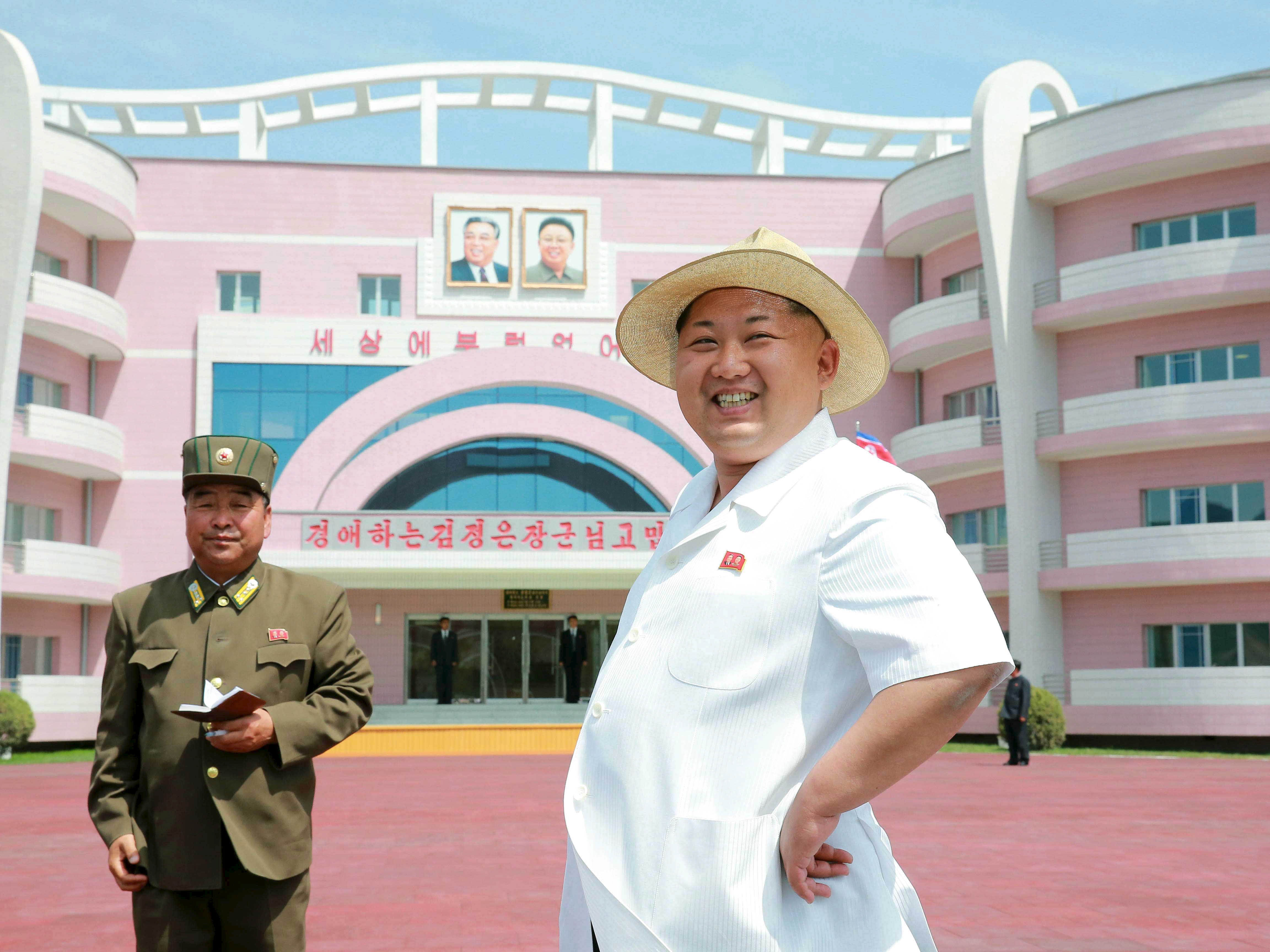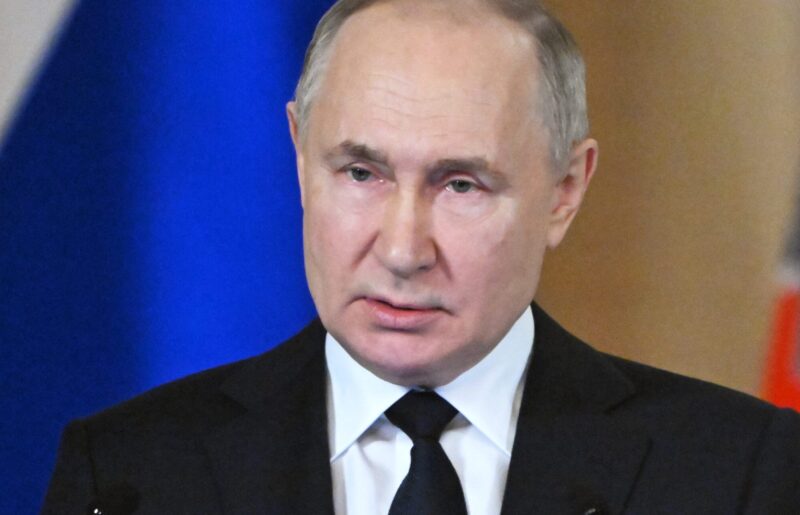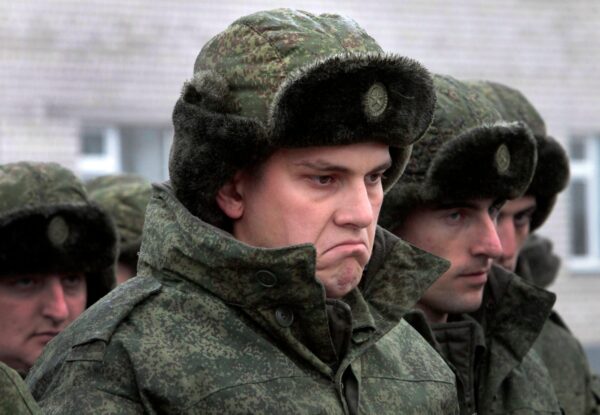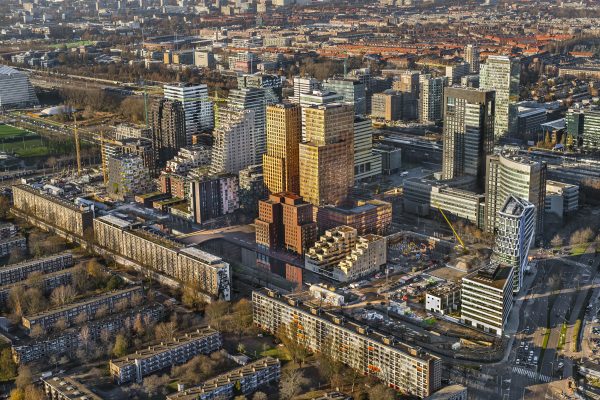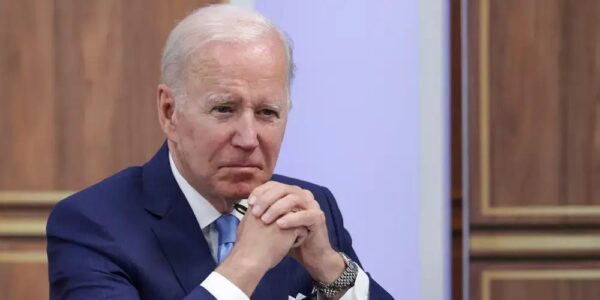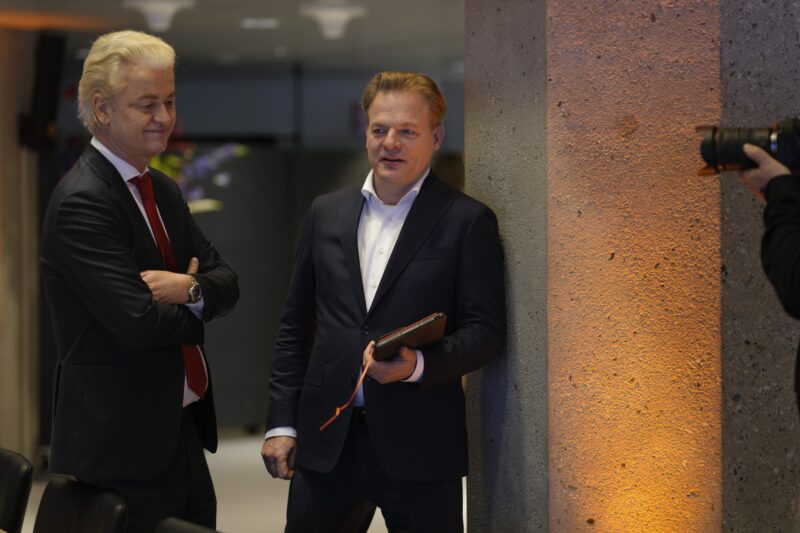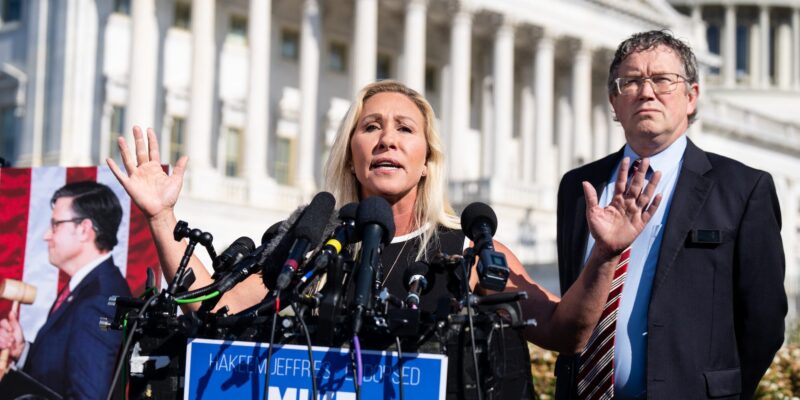The world’s attitude toward North Korea tends to swing between playful mocking and genuine horror.
On June 12, President Trump will meet with North Korean leader Kim Jong U for a highly-anticipated summit. Taking place in Singapore, the meeting will focus on persuading North Korea to give up its nuclear weapons.
Like dictatorships before it – namely Nazi Germany and Soviet Russia – North Korea tends to embody its dictatorial nature through its architecture.
There’s the country’s fondness for pastel hues, which recall 1950s Americana, on the one hand. And there are the towering concrete buildings that shroud observers in their shadow on the other.
In a nation that keeps so much under wraps, the architecture ends up speaking volumes.
Entering the capital city of Pyongyang, visitors pass through the Arch of Reunification.
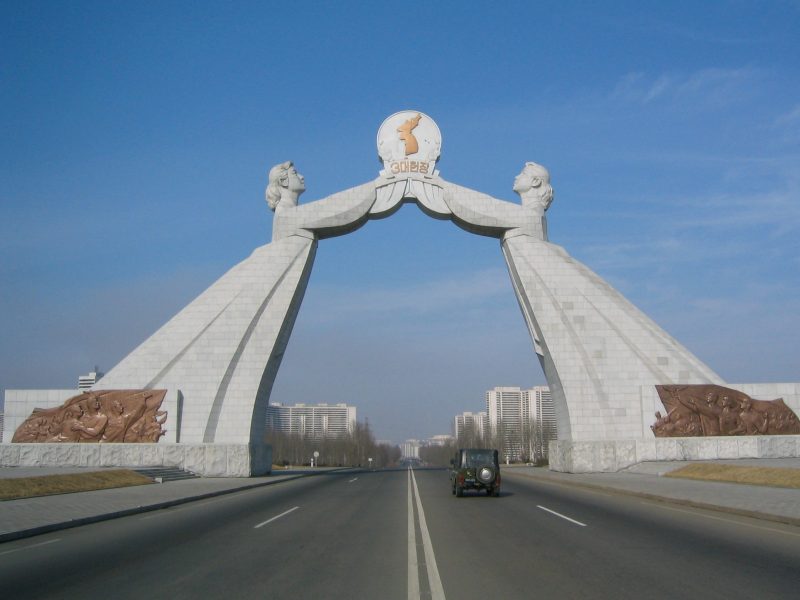
The two women holding a conjoined North and South Korea symbolize supreme leader Kim Il Sung's vision for the two countries.
Another significant landmark is the Workers' Party Monument. The outer belt reads, "Long live the Workers' Party of Korea, the organizer and guide of all victories of the Korean people!"
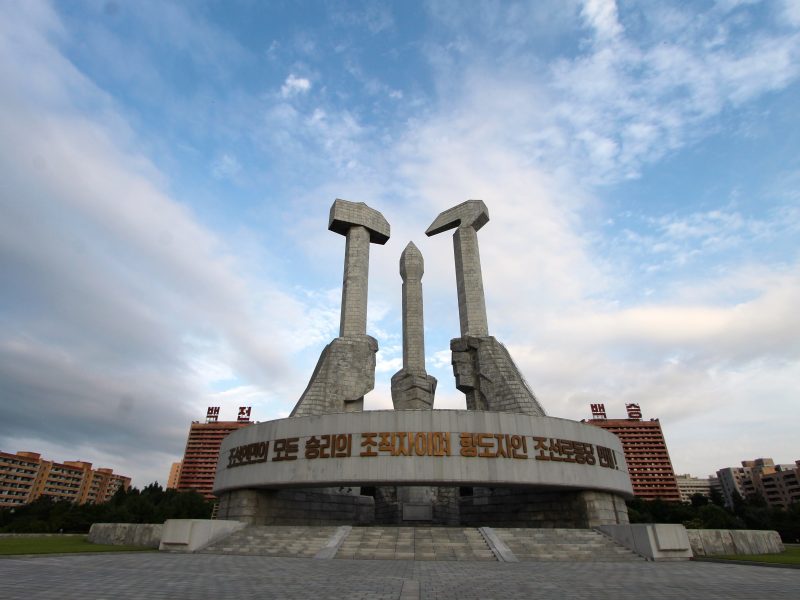
Downtown Pyongyang's skyline is punctuated by the 105-story Ryugyong Hotel, currently the tallest abandoned building in the world.
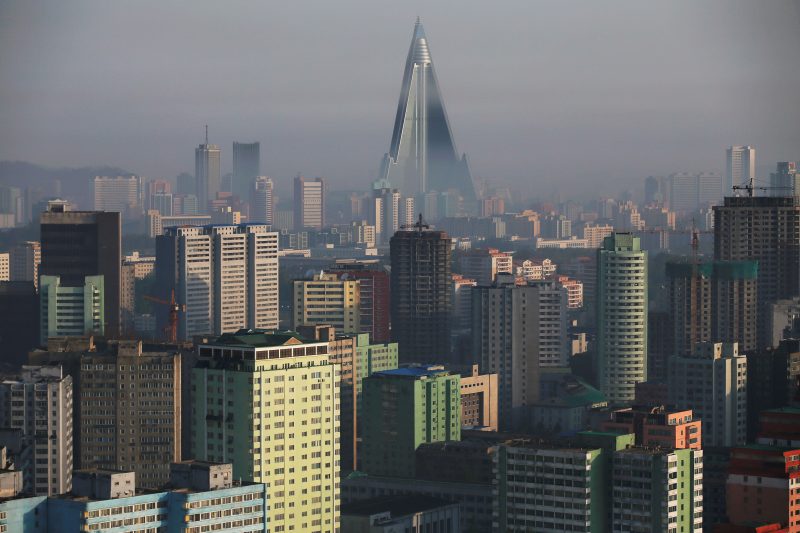
It hasn't had any work done on it since 1992. In 2017, however, there were rumors that North Korea was working to rebuild the pyramid.
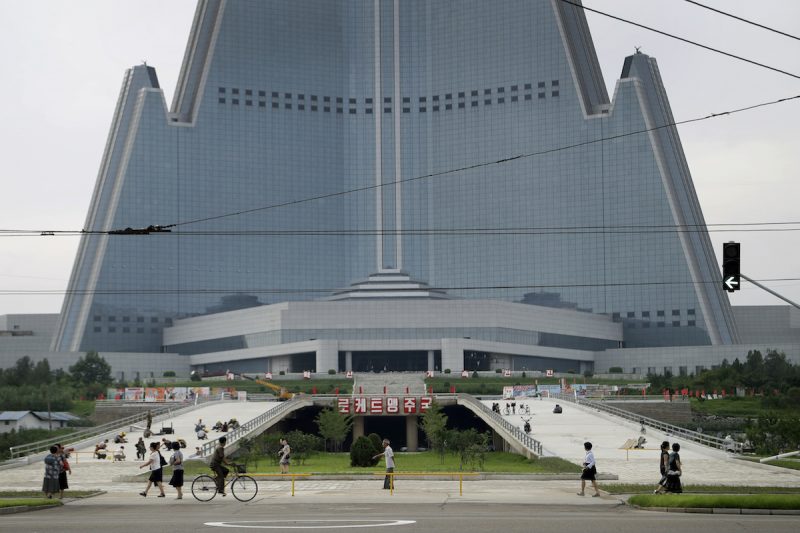
On the other side of the city, the 558-feet-tall Juche Tower looms above the Taedong River.
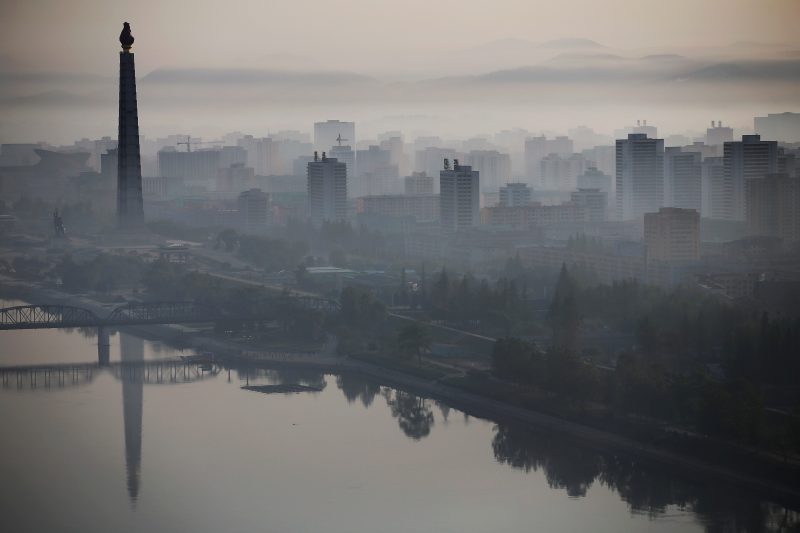
Some of North Korea's most impressive (and intimidating) architecture lives in the city center, such as the sprawling Mangyongdae Children's Palace.
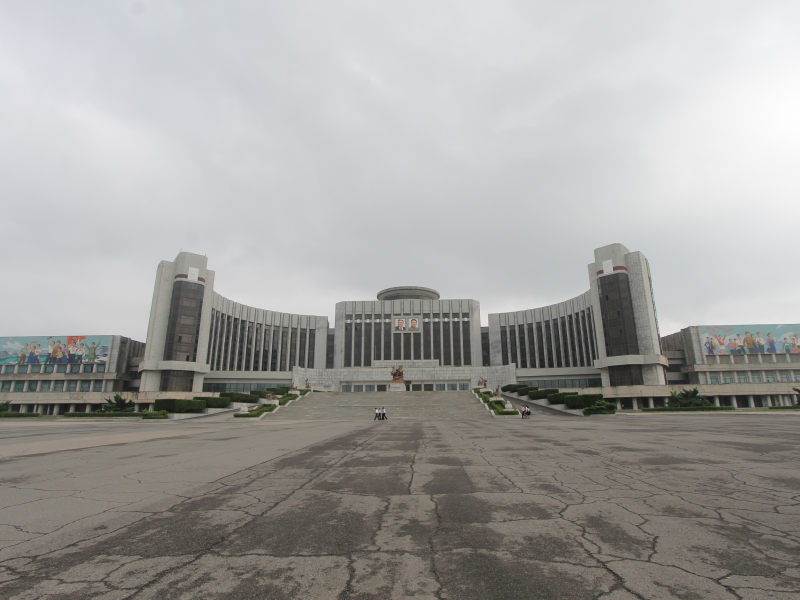
The exterior features two "arms" meant to imitate a mother's embrace.
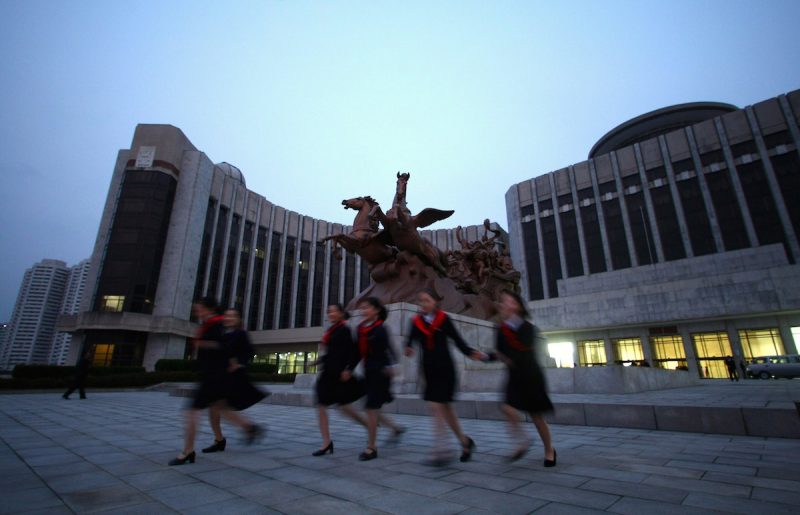
In central Pyongyang, the Korean People's Army meets in a hangar-like assembly hall for addresses given by the country's leader, Kim Jong Un.
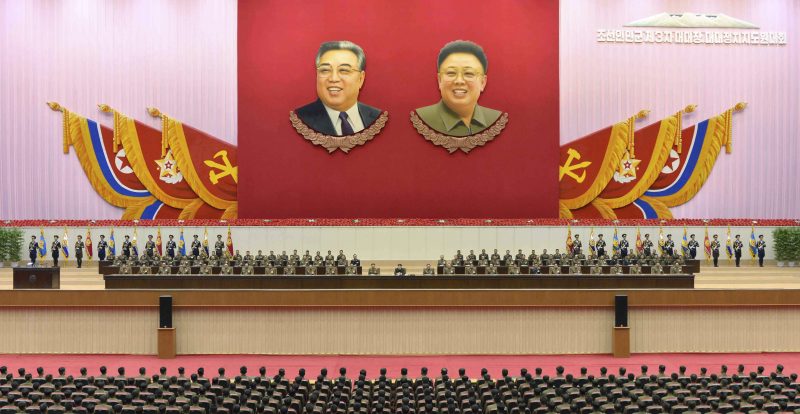
Much of the country's architecture is meant to honor its leaders: founder Kim Il death in 2011.
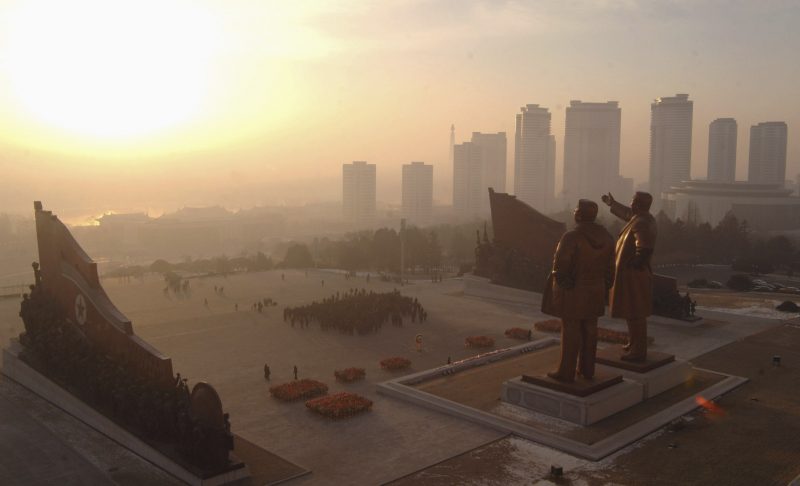
Portraits of the two men hang all around the capital city. Here they are featured prominently above a downtown train station:
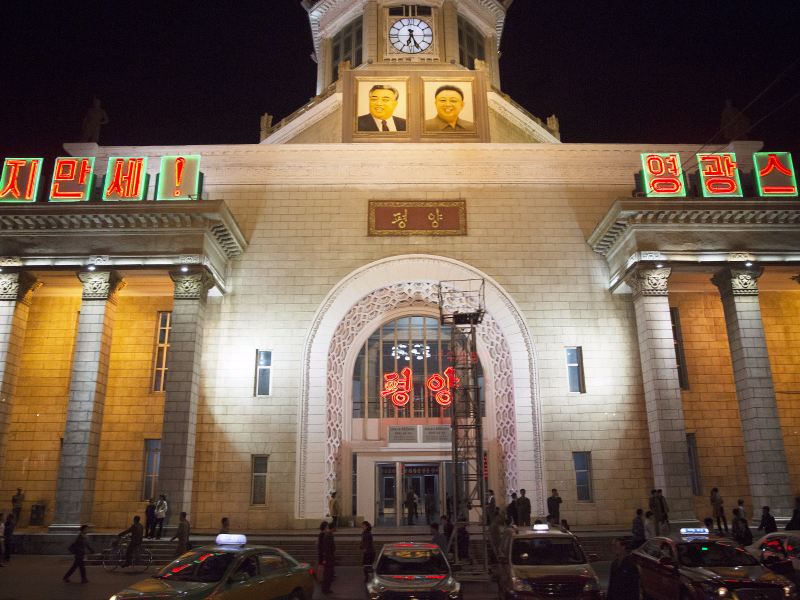
And here they are immortalized at the People's Grand Assembly Hall.
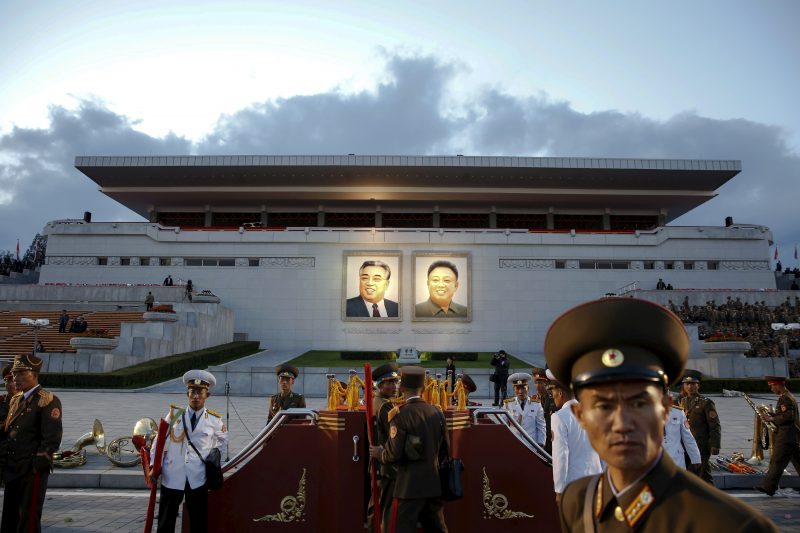
Nearby is the Fatherland Liberation War Museum, which celebrates Korea's victory over the imperialist American forces during the Korean War.
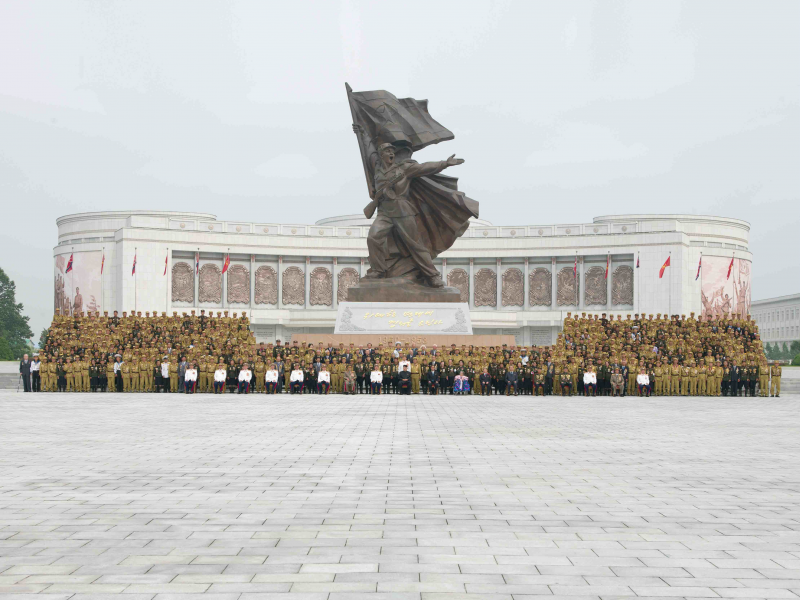
One building in central Pyongyang reads, "The great comrades Kim Il Sung and Kim Jong Il will be with us forever."
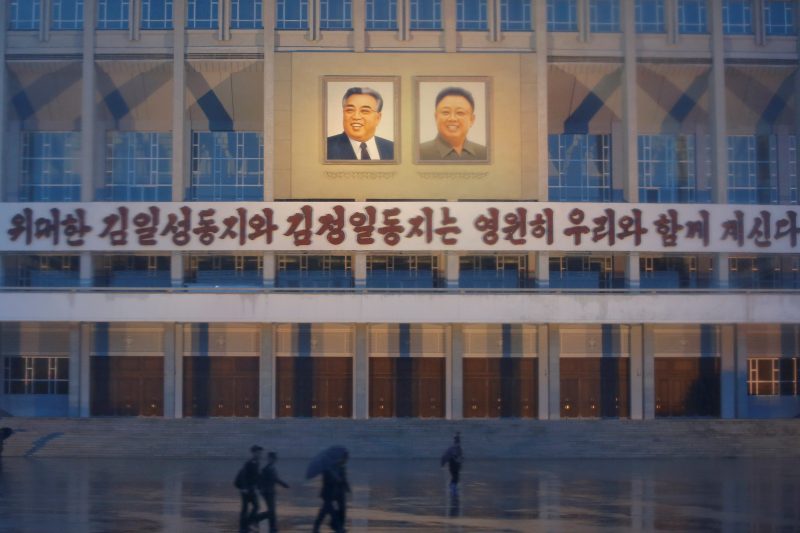
Disregarding the blatant propaganda, there are many aspects of North Korean architecture that are genuinely impressive.
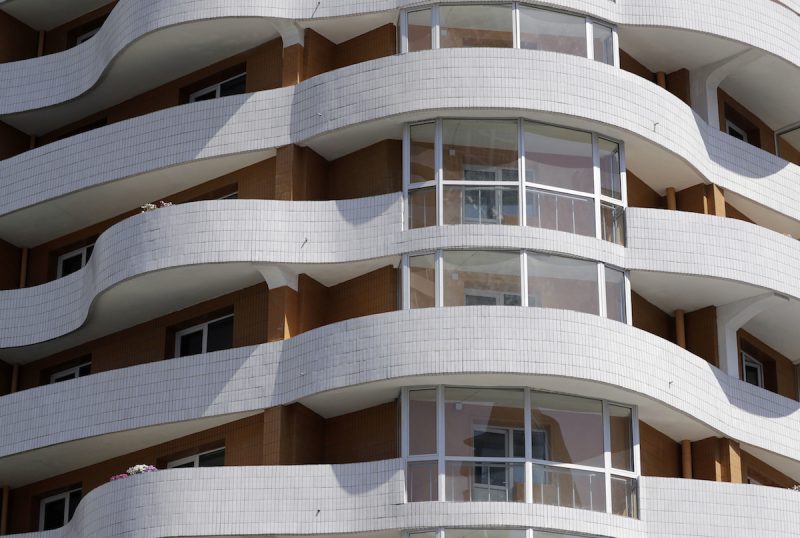
The metro station is among the most ornate in the world.
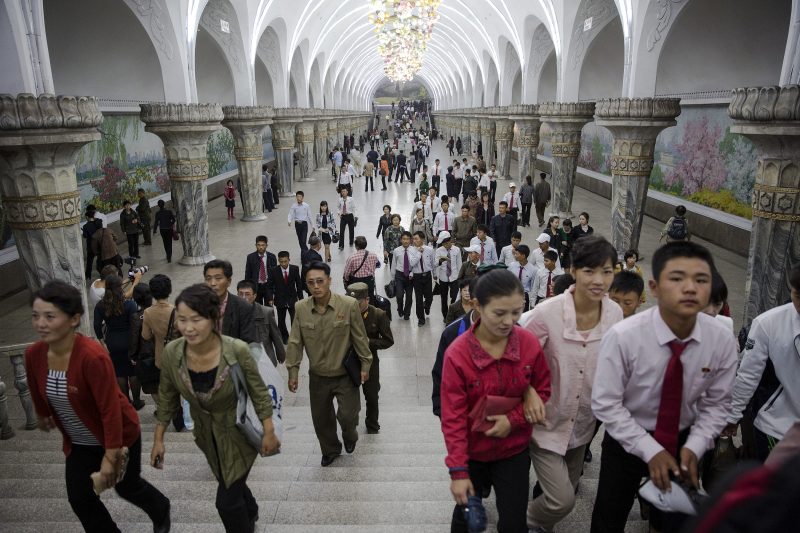
North Korea is also home to the largest sports arena in the world, May Day Stadium.
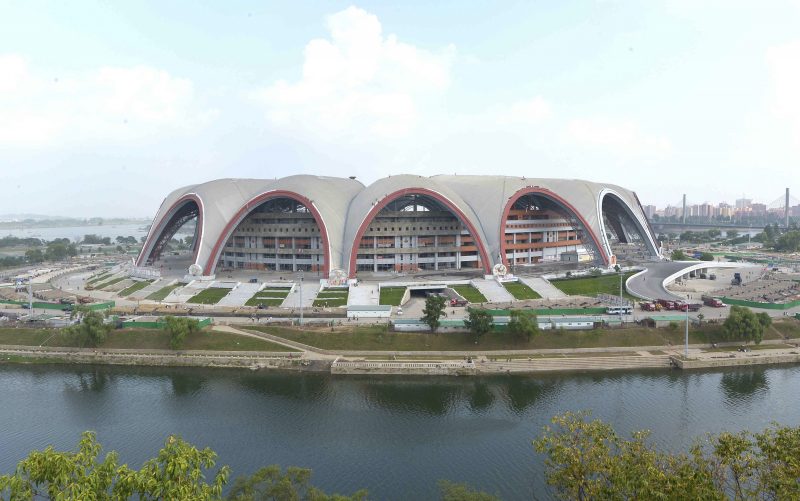
Filled to capacity, it's capable of holding 150,000 people. Most often, it's used for the annual Mass Games, which pay tribute to the country's history.
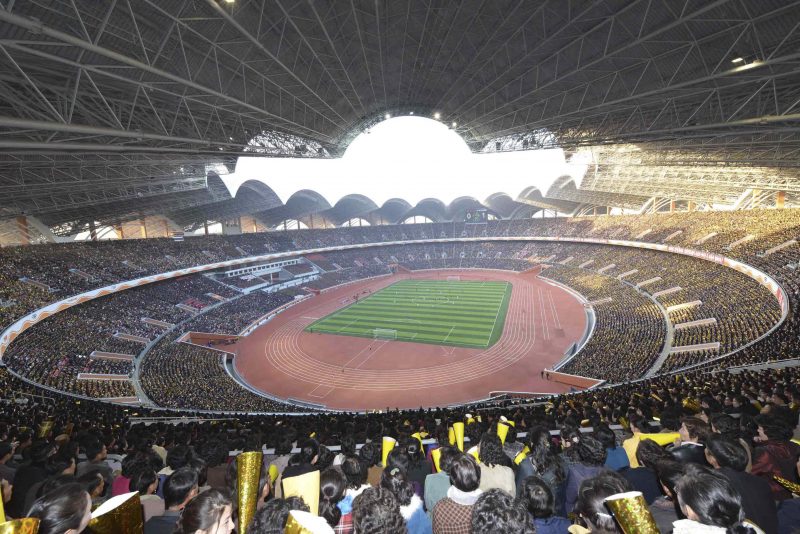
Science also plays a big role in North Korean architecture. The Sci-Tech Complex, for example, was built in the shape of an atom and opened in early 2015.
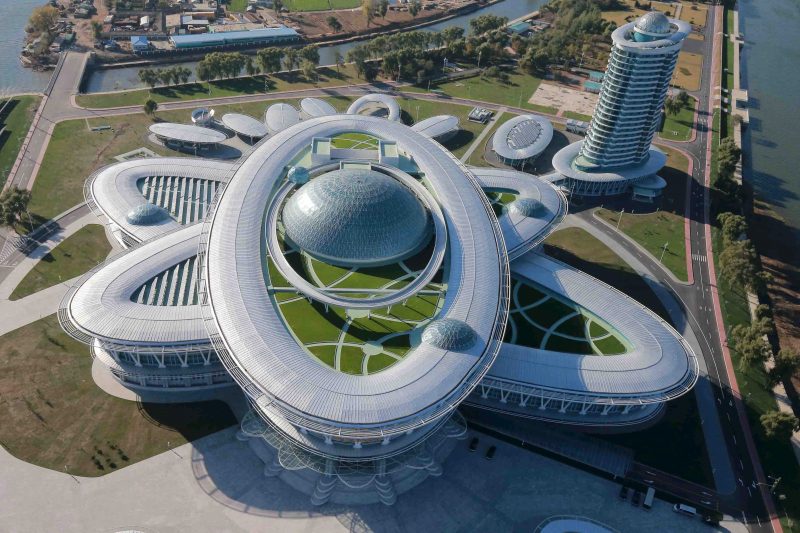
Kim Jong Un has said he hopes the center will help "advance the establishment of a rich and powerful fatherland through the locomotive of science and technology."
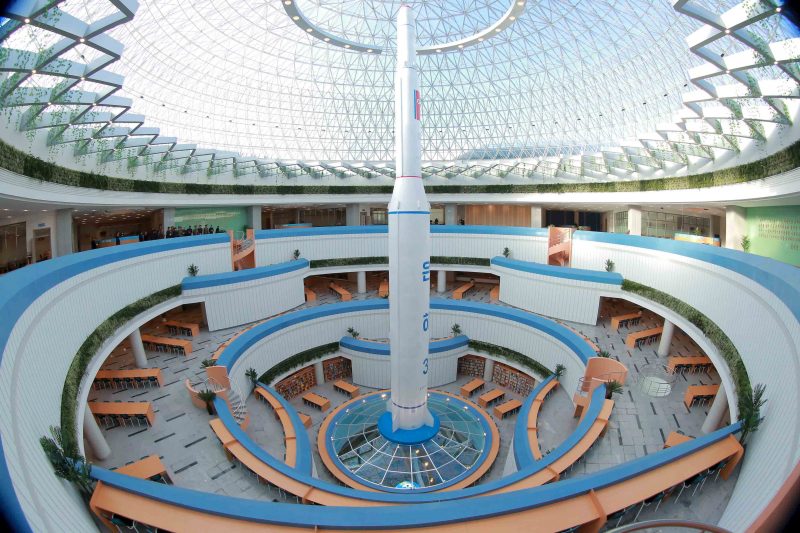
The structure joins the Mirae Scientists Street, which North Korea wants to use as its hub to become a global force in innovation.
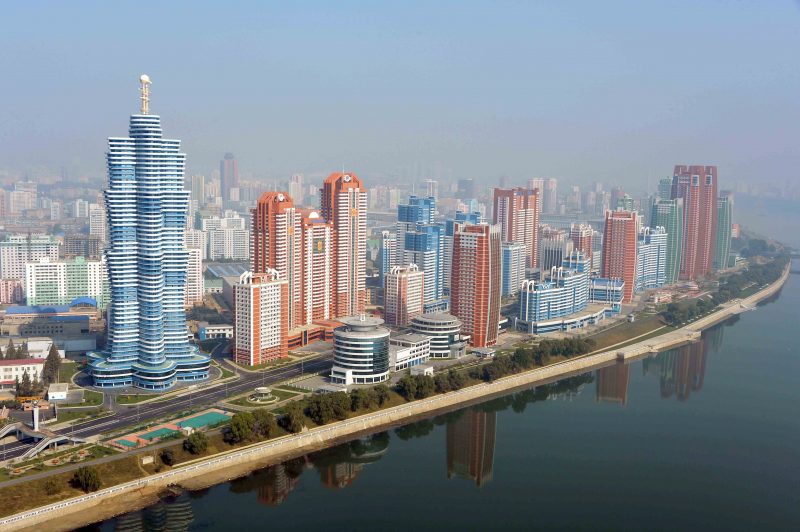
In 2017, the Ryomyong residential area, consisting of more than a dozen apartment buildings, opened in Pyongyang.
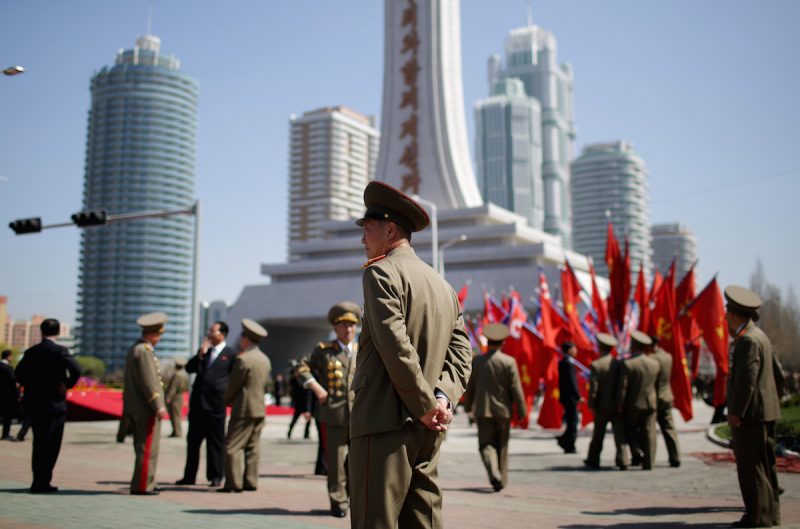
"The completion of this street is more powerful than 100 nuclear warheads," Prime Minister Pak Pong-ju said in a speech during its opening.
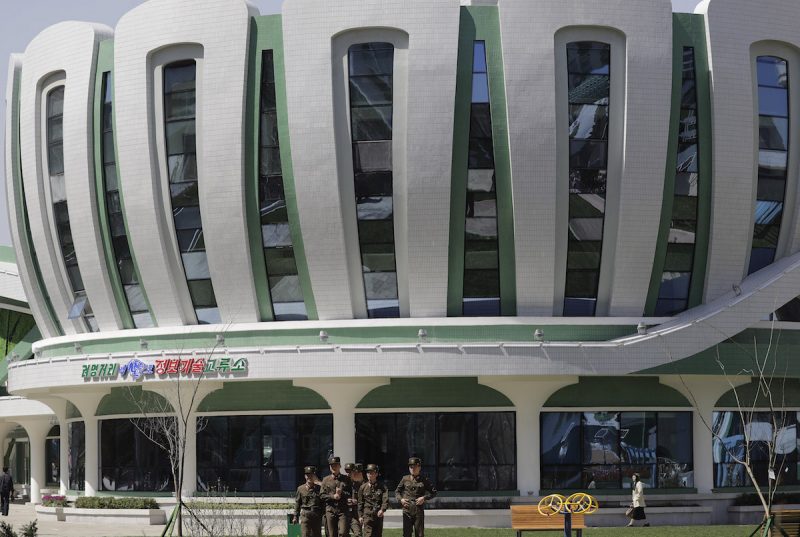
As the LA Times notes, Pong-ju was likely trying to send a message that North Korea still possesses economic power, despite the rising threat of military conflict with the US.
Many of the buildings in this area have a similar design.
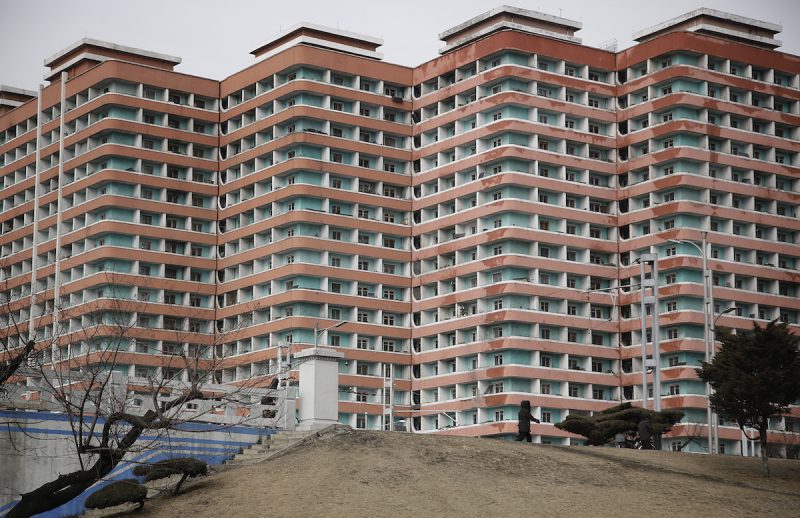
The towers stand out for their bold color palettes and industrial feel.
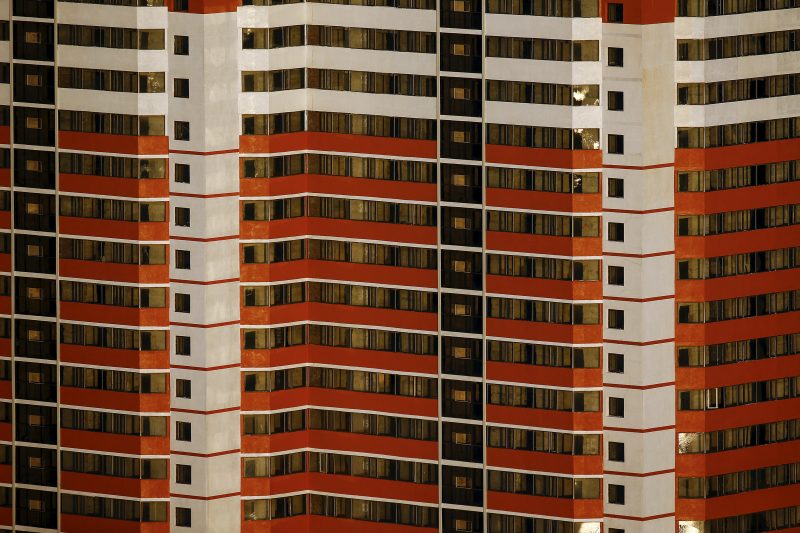
But others, like the Wonsan Baby Home and Orphanage, opt instead for bright pastels.
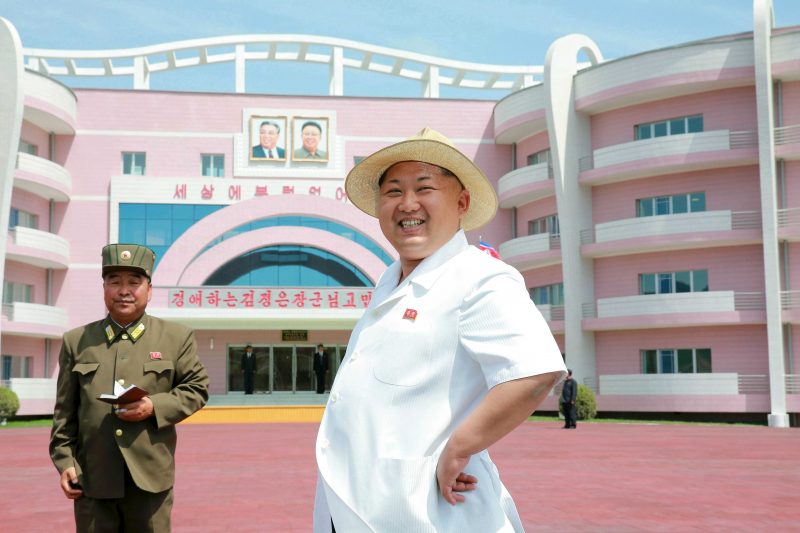
Completed in June of 2015, the home is spread across several floors. Its blues and yellows stand in stark relief to the concrete that dominates so much of North Korea's landscape.
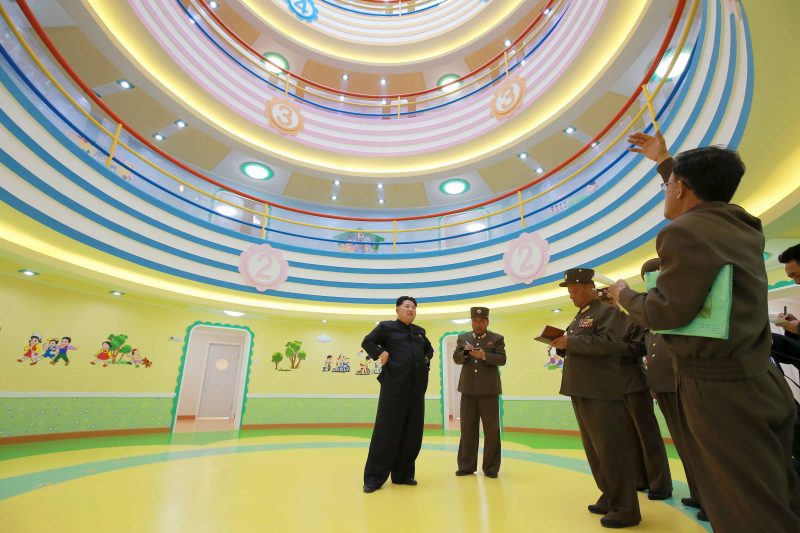
Due to the country's frequent power shortages, solar panels have become ubiquitous across Pyongyang’s balconies.
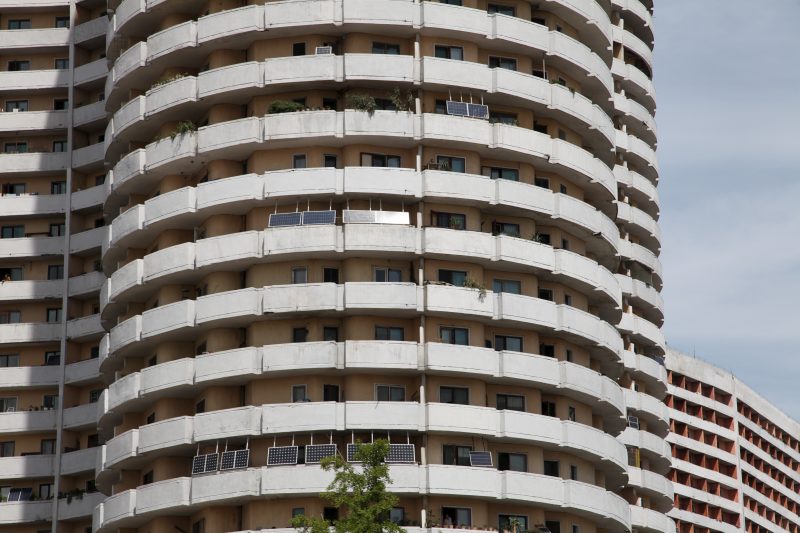
Since North Korea doesn't have enough of its own electricity, the entire country goes dark at night.
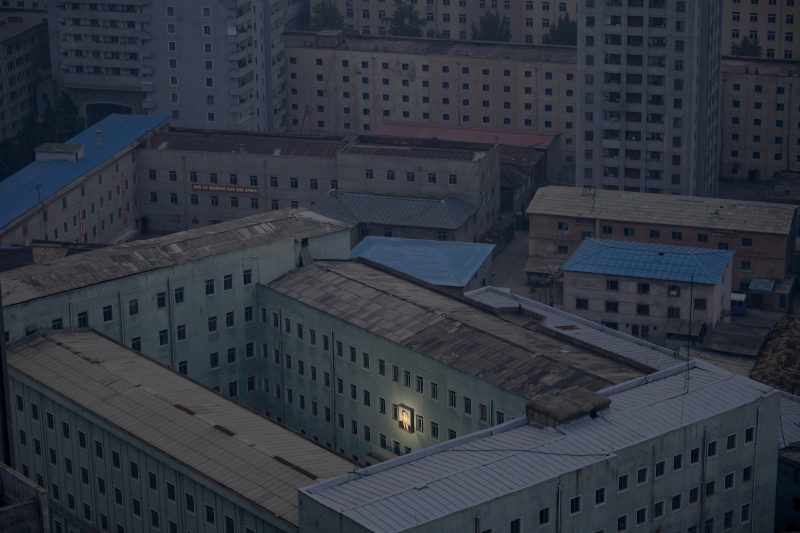
What little power remains goes toward illuminating a picture of the country's founder.
